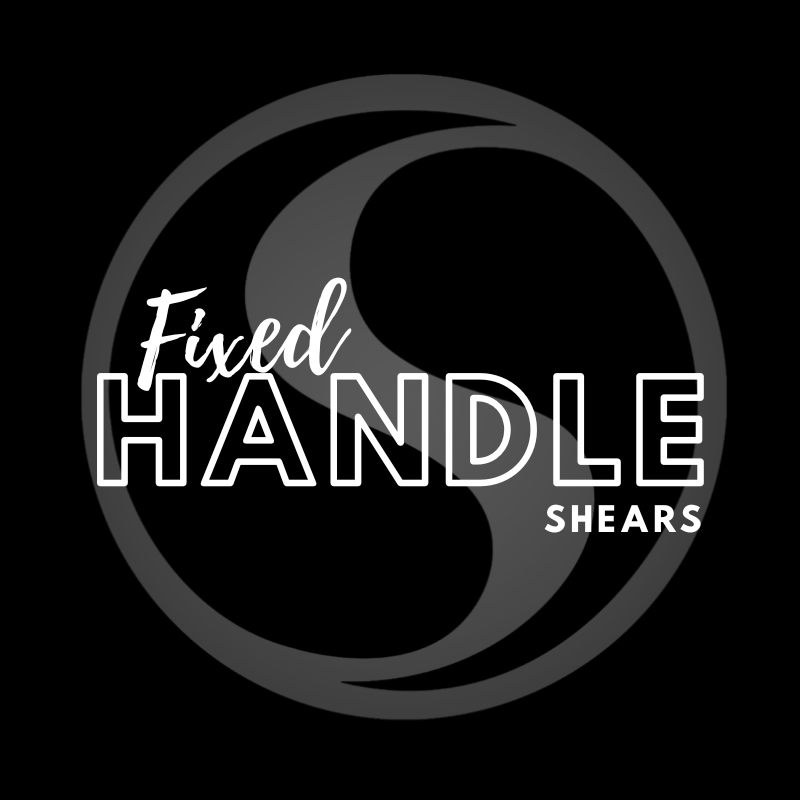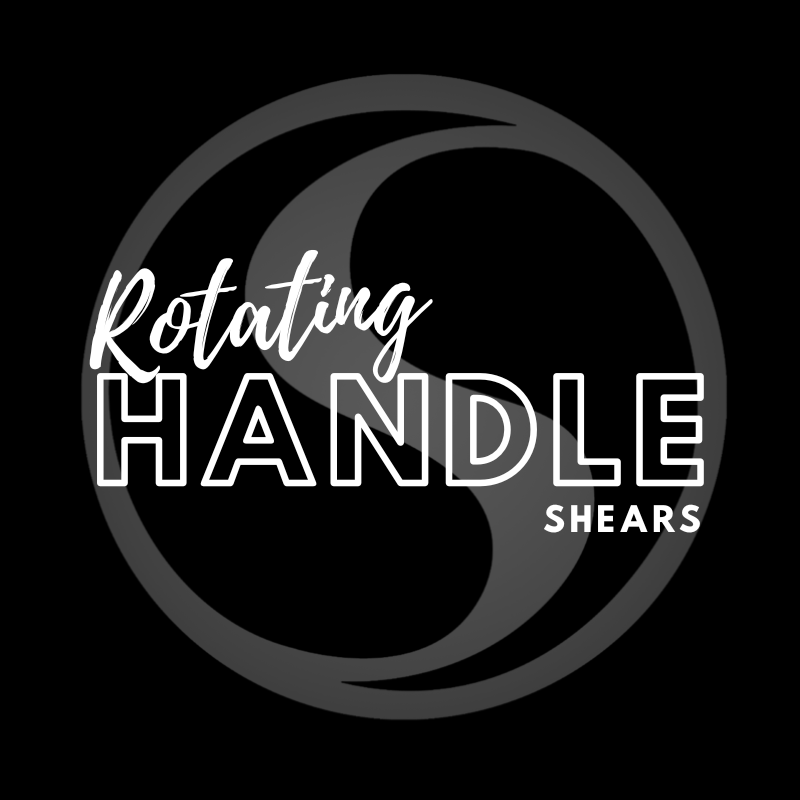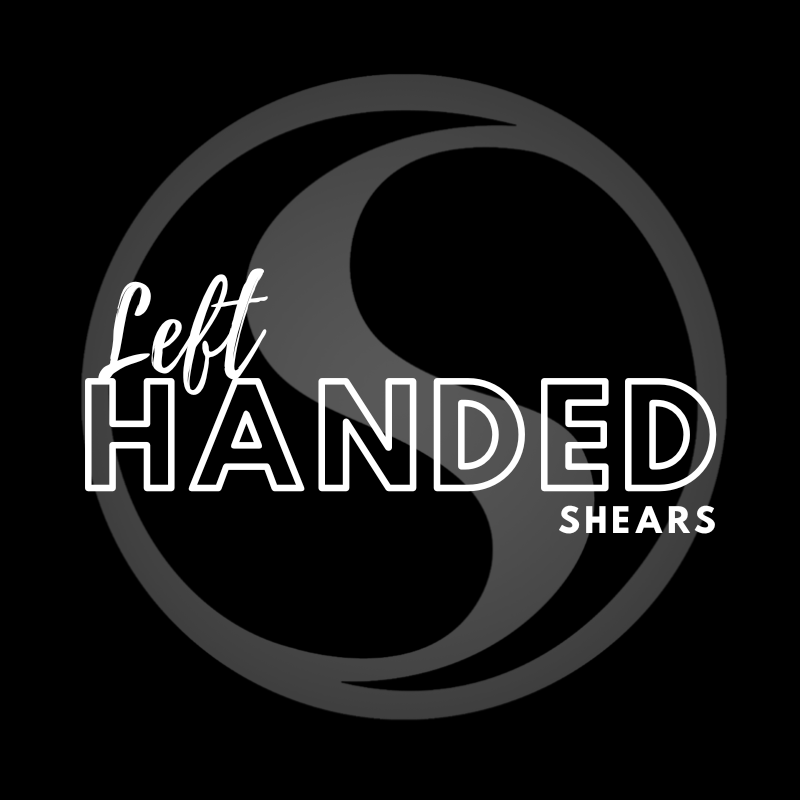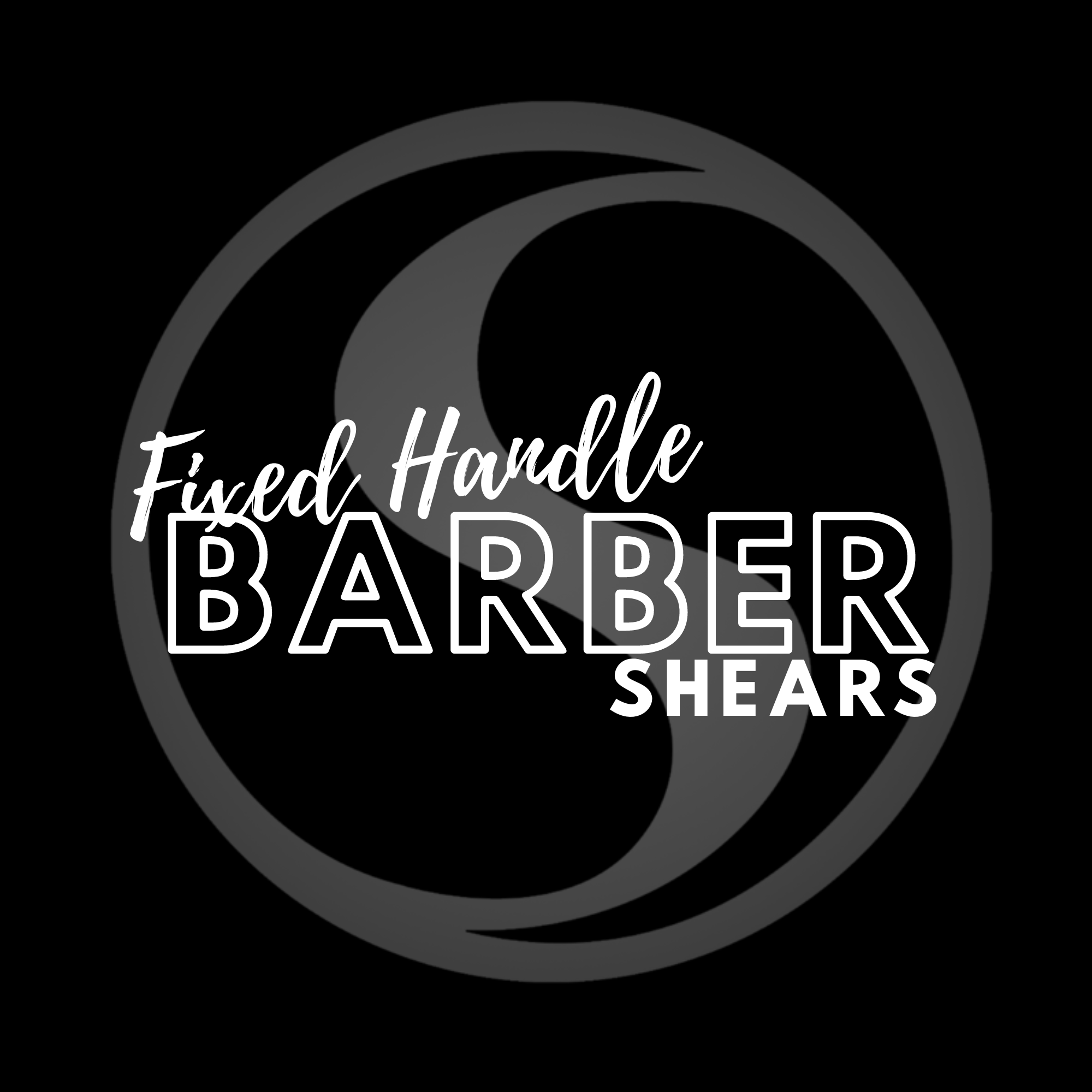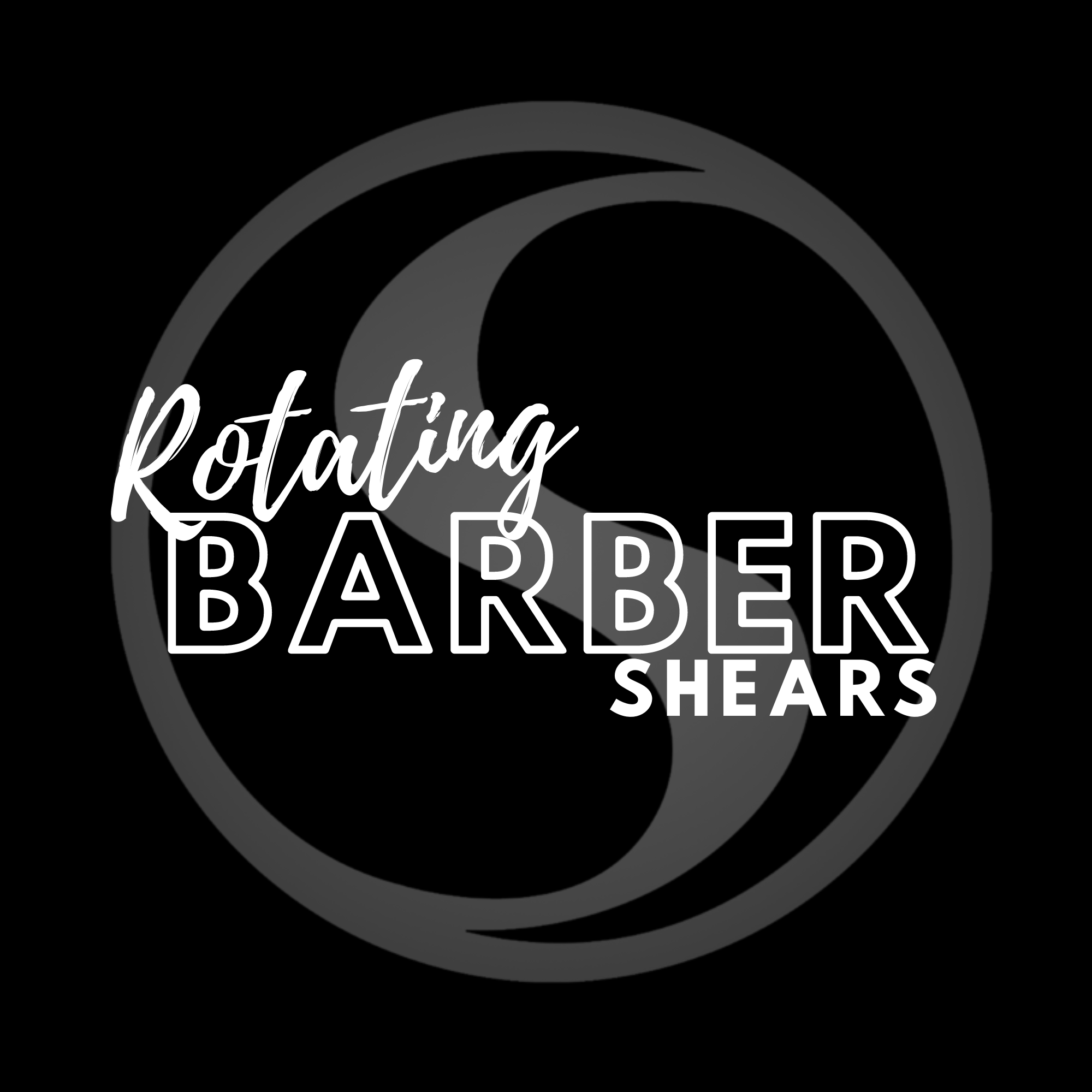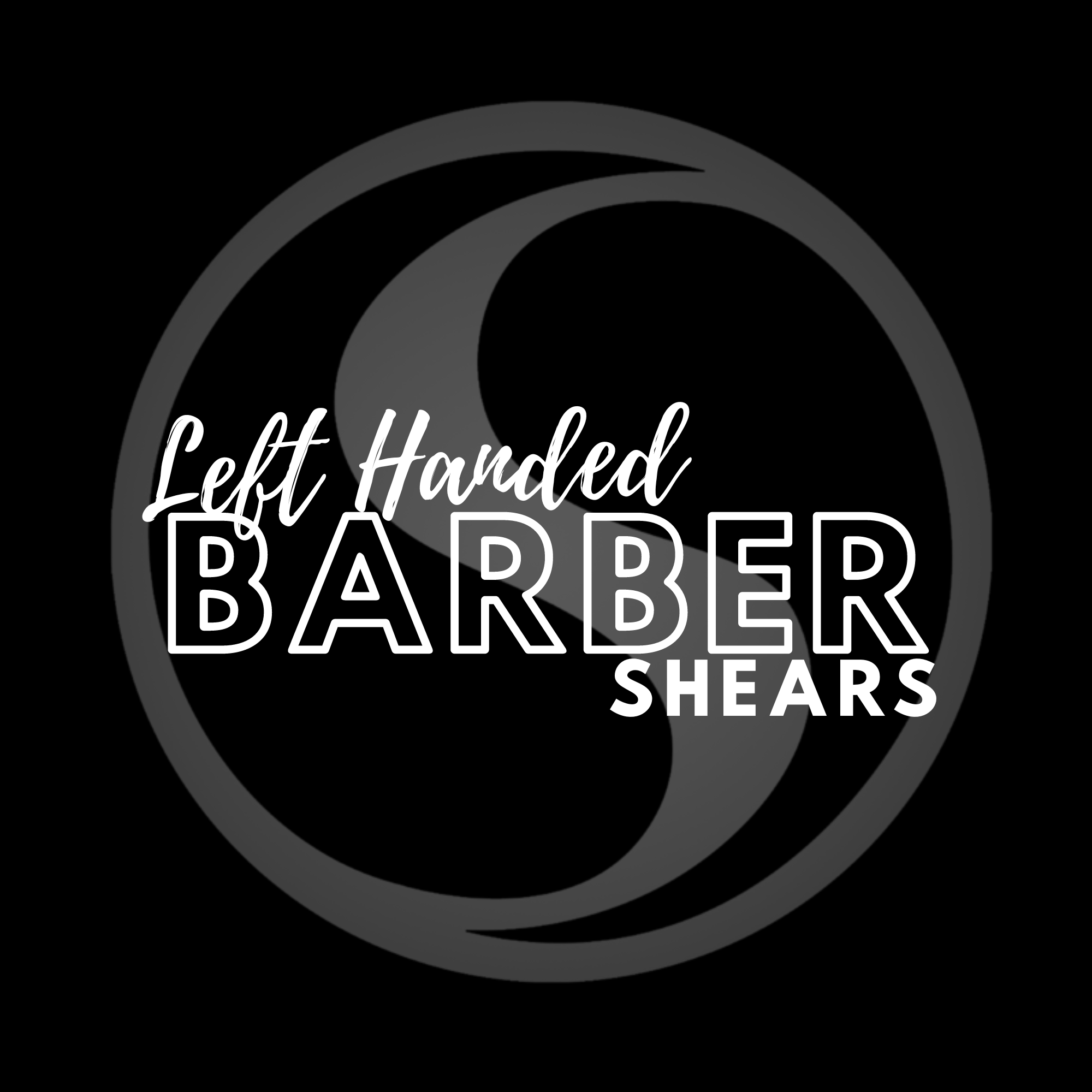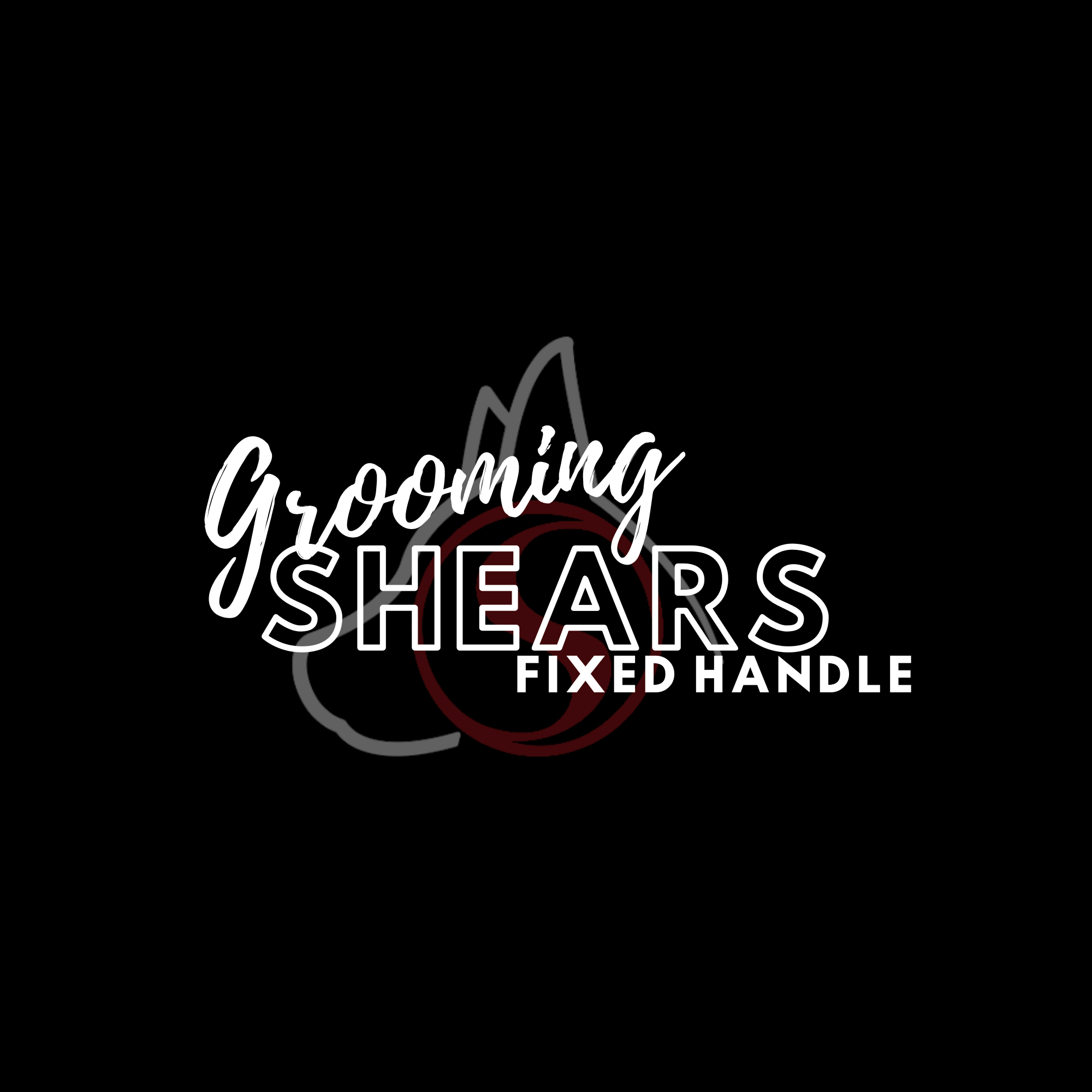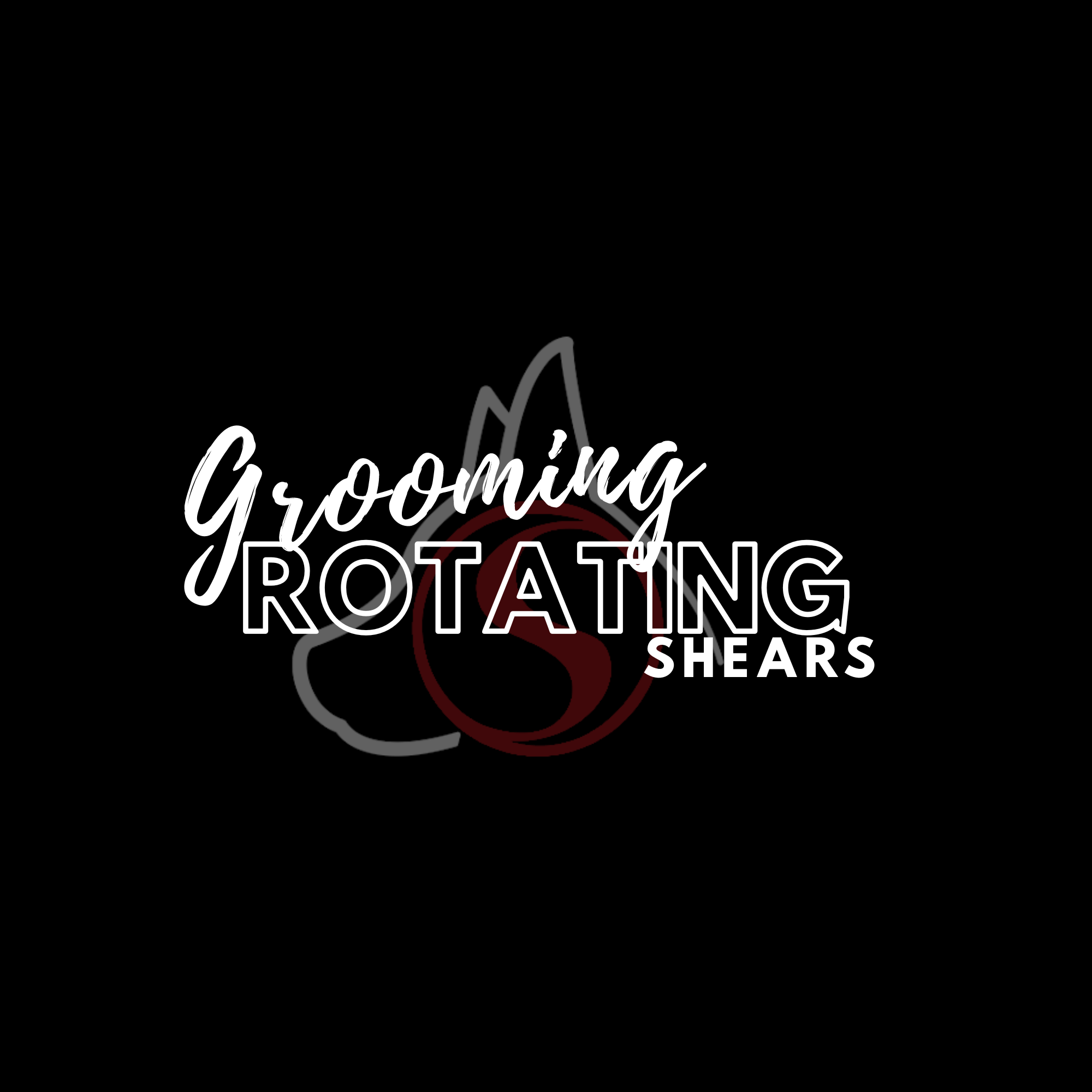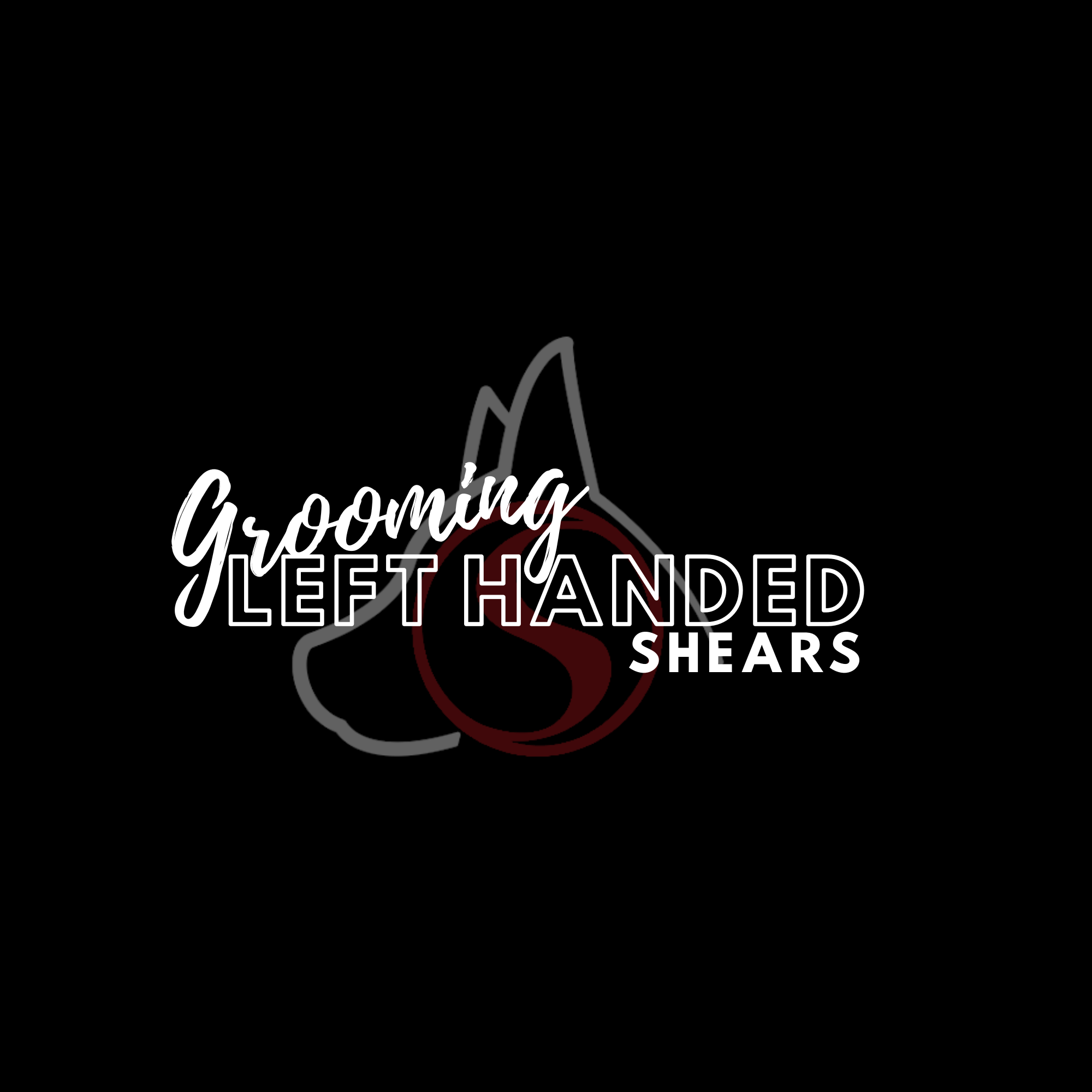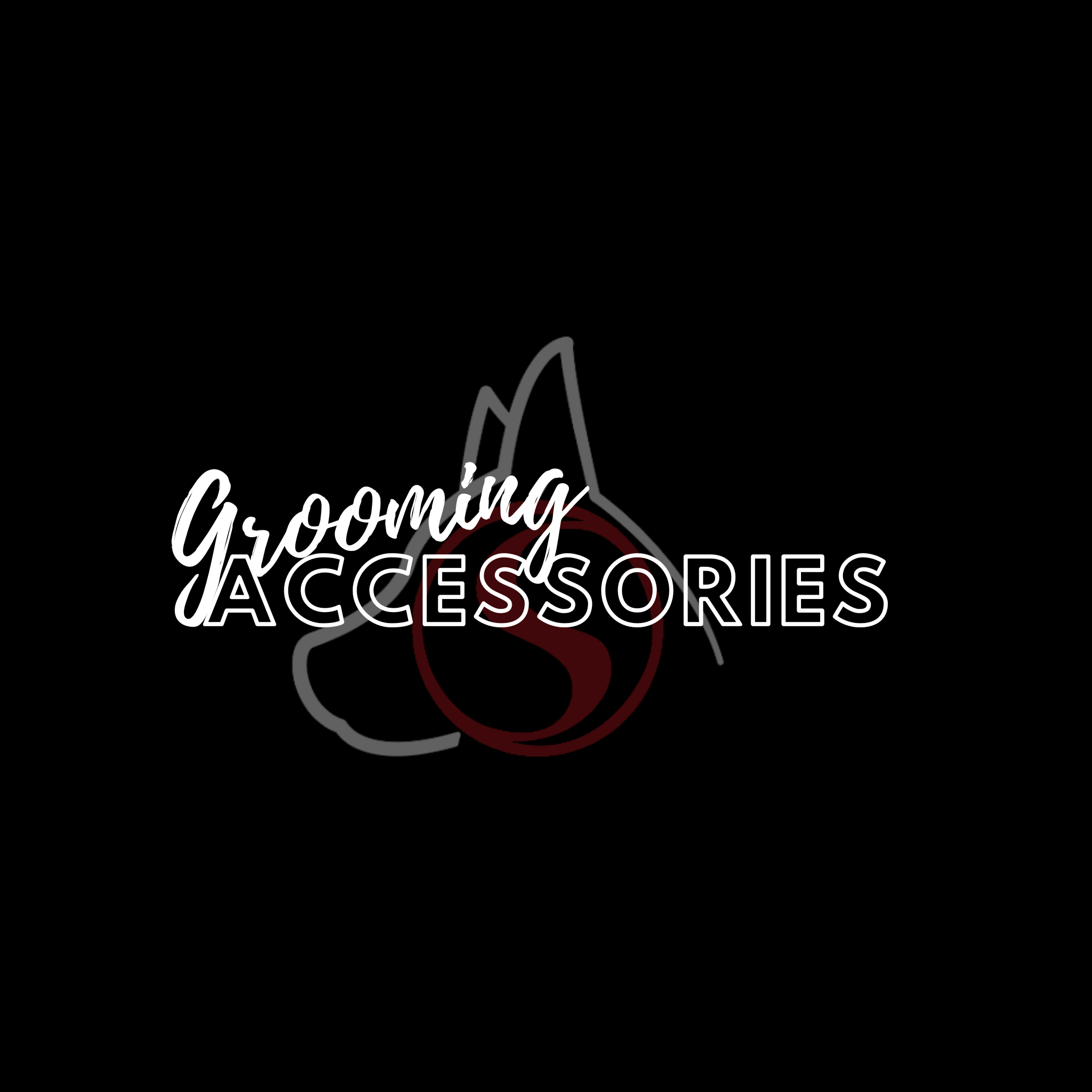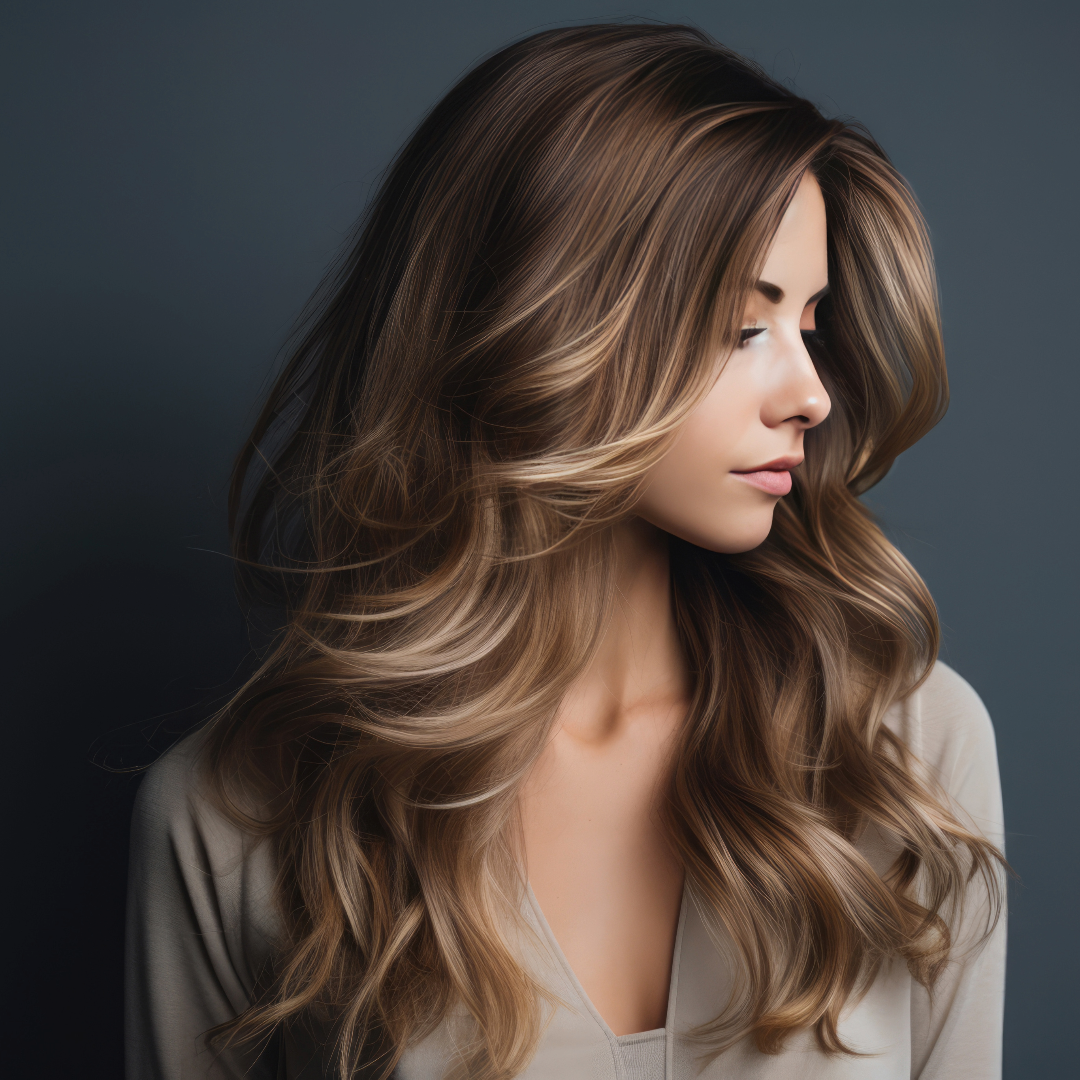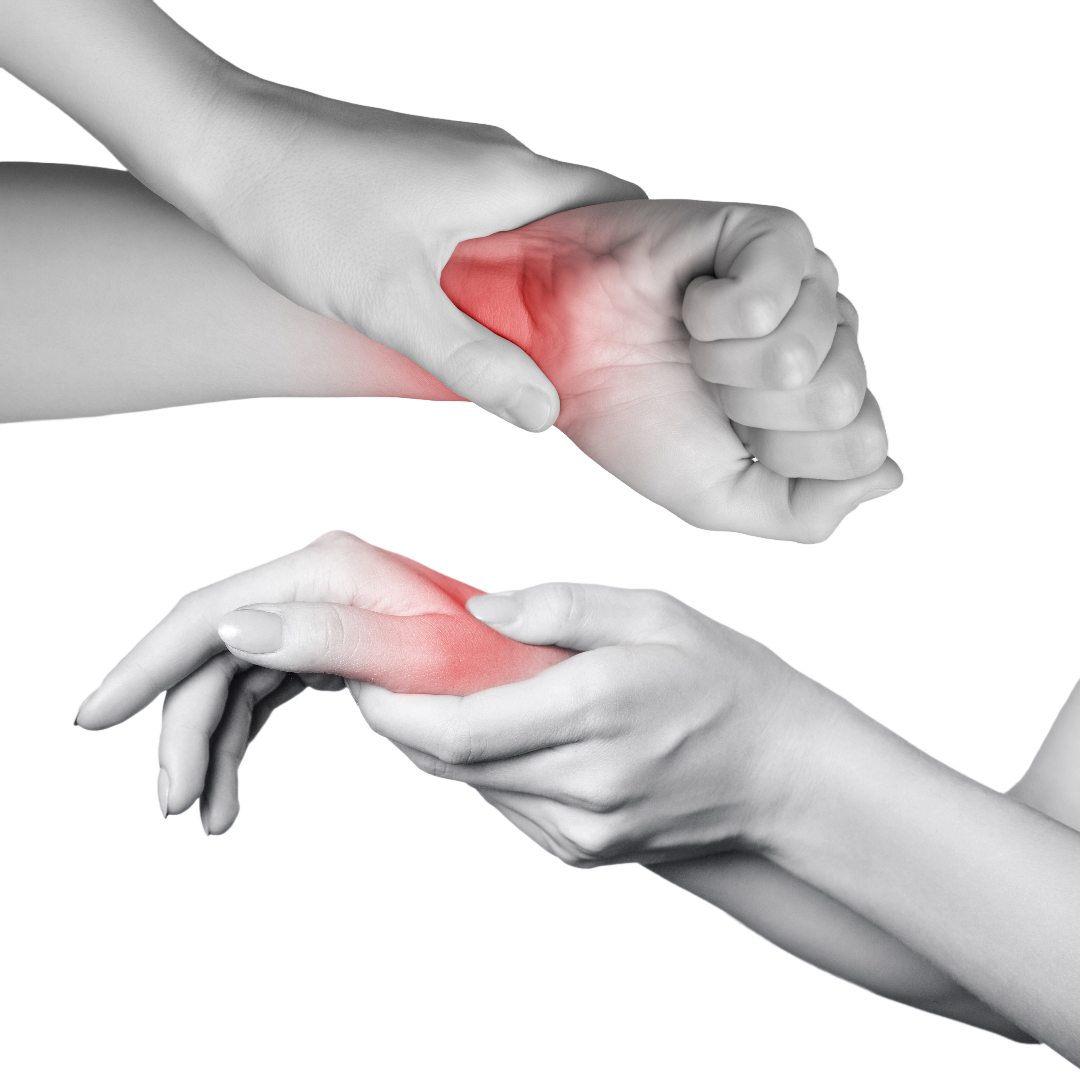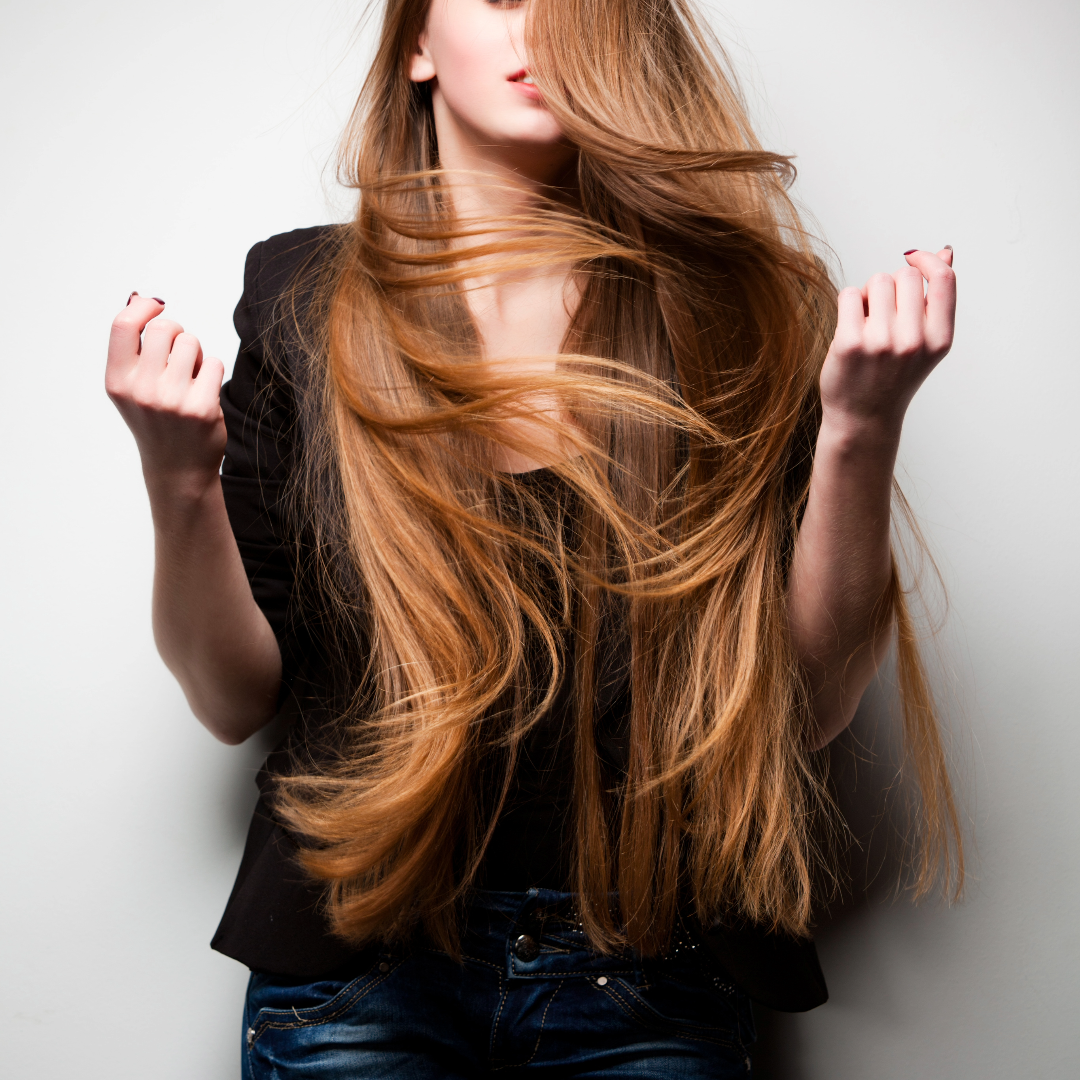The Difference Between Thinning and Texturizing Shears
How can you tell a thinning shear from a texturizing shear and what are the pluses and minuses of each.
Given the fact that scissors are the most important haircutting tool, it is amazing how little info is taught about them at most beauty schools. So, we thought it would be helpful to try to break it down for you.
What to use when you want to blend and remove weight, without creating volume.
There are two names for the shears that can do this. They are called either thinning or blending shears but, the very same shear could be referred to with either name. We recommend using the term ‘blending shear’. This is simply because then you don’t have to worry about a client with thinning hair, complaining if you used a “thinning shear” on them. No one objects to you blending their hair. The thing that defines a Thinning or Blending shear is that they have narrow teeth and narrow spaces between the teeth. They will remove weight in a way that does not create visible texture or volume. The cut and uncut hair will tend to blend. They usually have between 30–45 teeth depending on the length of the blade. The blending shear is ideal for blending away scissor marks in the hair and removing weight without creating more volume. It can also be used to soften and remove bluntness from a cut.
There are two main drawbacks of traditional thinning/blending shears. First, they tend to leave a dotted line or cutting mark in the section where you cut. This is because they hold a small group of hairs together on each tooth and then cut them all at the same point in the section. Stylists go to great lengths trying to minimize the cutting marks, by half closing and changing cutting angles. Secondly, these shears can also pull the hair between the teeth with the sharp straight blade if you try to comb them out of a section with the blades closed, so you must open them to take them out of the section.
What about when you want to create visible texture and separation?
Shears that create visible texture, have wider teeth and wider spaces between the teeth. They will typically have anywhere from 5-20 teeth. The wider teeth cut a more substantial piece of hair than a blending shear. This wider piece of short hair will be more visible compared to the wider uncut piece of longer hair next to it. The short hair can also lay under and support the uncut hair creating visible texture and potentially volume. This type of shear can be used on most clients since the results are subtle but noticeable in terms of an increase in volume and decrease in bluntness.
The drawback to this type of shear is they tend to cut notches or castle walls into the hair. Again, this is because the way they traditionally have been designed is similar the traditional thinning shear. Each tooth holds a certain amount of hair. The hair held in place by each tooth is cut off by the sharp straight blade at the same point in the section. This results in a up and down castle wall effect. Therefore, many stylists choose to point cut instead to create texture. This is because by point cutting in the same direction as the hair, it allows you to create negative space or texture in a way where you don’t see the point of origin of the negative space. There are problems with this however. First, it is time consuming, and it is hard on your hand, making hundreds of extra cuts in each haircut. It also wears out the tips of your shears causing you to sharpen them much more often than would otherwise be necessary. If you think about it, making hundreds or even thousands of extra cuts with the tips of your scissors dulls them quickly. Yet once the tip is dull you can’t cut straight lines anymore, so you must have the whole shear sharpened. Not just a little sooner either, you are sharpening your shears as much as ten times more often than you otherwise will need to, if you do a lot of point cutting. In other words, instead of sharpening your scissor every two or three months, you could be sharpening them every two or three years!
Shear Solutions from SENSEI
SENSEI created shears for slide cutting a few years ago. That inspired us to use the idea of applying the SoftSlide™ technology to texture shears. A SoftSlide™ straight blade causes the scissor to cut the hair while it is in motion, being pushed across the convex razor-sharp teeth. This makes it possible to make texture shears where each hair is cut to a different length. This eliminates the cutting marks made by older shears with teeth that cut the hair while it is held in place
Seamless Blender™

The SENSEI Seamless Blender™ is a modern thinning/blending shear. It leaves no cutting marks at all. It can be combed out with the blades closed with zero drag or pulling because the uncut hair is only exposed to the blunt straight blade. Even though it might look like there are not enough teeth to get a fine cut, they do in fact provide a very fine blending effect. This is because even though the teeth are wider and fewer than a traditional thinning shear, the hair is cut while sliding across the teeth so much of it remains uncut. SENSEI starts with a wider tooth surface to allow for some of the hair to be cut as it slides across. It is nearly impossible to make a mistake with these blenders which makes them much more fun and effective to use.
PointCut Texture™

The first shear above is a 14-Tooth for fine or medium density hair. The second shear is a 10-Tooth for higher density hair.
Sensei also created what we call PointCut Texture™ shears. This is a texture shear that creates the look of point cutting, where you create separation in the section in a way, where the point of origin of the negative space is invisible. They can replace point cutting in many parts of the haircut. You still might choose to point cut in the fringe sections, where the detail of the texture you might want to control. That said, the bulk of the haircut is in the interior of every cut, where you still want to eliminate bluntness. Here you have sections laying one atop the other so the detail of the texture is less important. Why not use this texturing shear to create natural looking texture in a fraction of the time and effort of point cutting and with much less wear and tear on both your hand and your shear.
Stylists using these modern tools report two main results. First, they save anywhere from 5-10 minutes per haircut, not to mention the wear and tear on their hands and shears. Secondly, they report clients calling 3 or 4 weeks after haircuts, to say, “What are you doing differently, my hair is growing out better than ever?” When you let this tool do most of the texturizing you have much less chance of accidently cutting a hard notch into the hair while point cutting. That is even more likely when you are running behind because of how time-consuming point cutting is. That is often the thing the client sees after a while and feels their haircut is starting to fall apart.
To find these shears go here: https://www.senseishears.com/hair-salon-products/shears/seamless-texture
To learn more educational info about texture shears go here: https://www.senseishears.com/shear-education-booklet-online-texture-scissors




